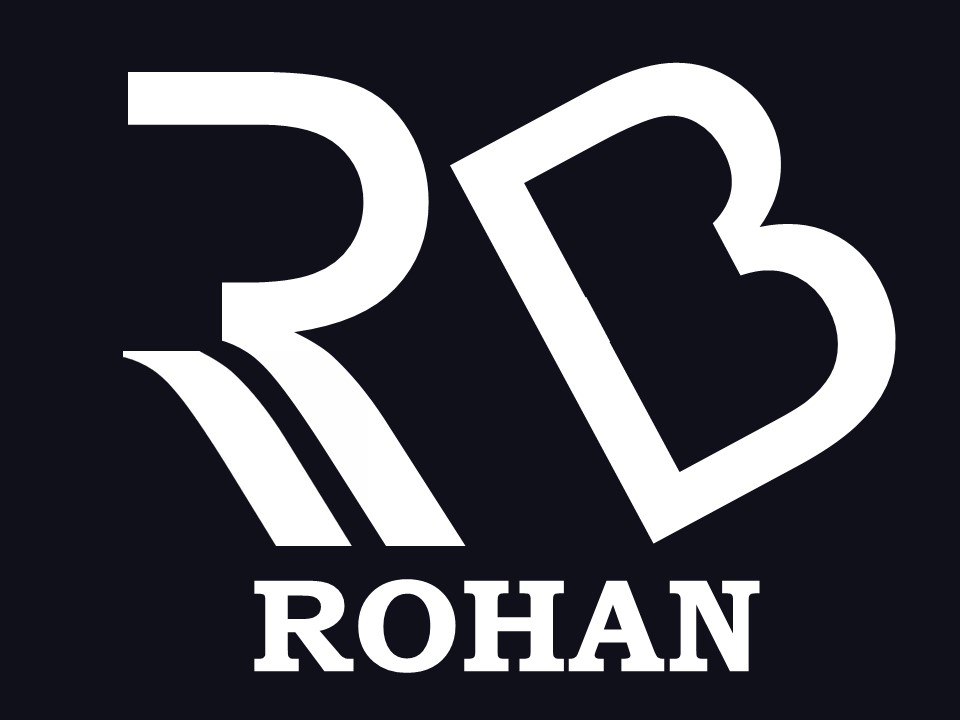The tradeoff between economic growth and stabilization refers to the relationship between short-term economic expansion and long-term economic stability. Economic growth is often measured by an increase in a country's gross domestic product (GDP) and is generally seen as a desirable goal, as it leads to higher levels of income, employment, and standard of living. On the other hand, stability is also seen as important, as it helps to ensure that the benefits of growth are distributed fairly and that the economy remains resilient in the face of shocks. Balancing these two goals is a key challenge for policymakers, and understanding the tradeoff between growth and stabilization is crucial for making informed decisions about economic policy.
In order to promote growth, governments, and central banks often use monetary and fiscal policies that stimulate demand. For example, they may lower interest rates, which encourages borrowing and spending, or they may increase government spending, which can stimulate demand directly. Tax cuts can also provide a boost to the economy by increasing disposable income and thus, consumer spending. However, these policies can also lead to inflation, which erodes the purchasing power of money and reduces the stability of the economy.
On the other hand, stabilizing policies aim to reduce inflation and improve the stability of the economy. For example, central banks may tighten monetary policy by raising interest rates, which can help to reduce inflationary pressures by reducing borrowing and spending. Reducing government spending and increasing taxes can also help to control inflation, as they reduce the overall level of demand in the economy. However, these policies can also have a negative impact on growth in the short term, as they reduce the availability of funds for investment and consumption.
Balancing the conflicting goals of growth and stabilization requires careful policymaking and a long-term perspective. In some cases, the tradeoff between growth and stabilization may be temporary, with periods of low growth followed by periods of high growth. In other cases, the tradeoff may be more persistent, requiring policymakers to make difficult choices between promoting growth and maintaining stability. For example, in a high-inflation environment, a central bank may need to raise interest rates, even if this reduces growth, in order to bring inflation under control.
In conclusion, the tradeoff between growth and stabilization is a complex issue that requires careful consideration by policymakers. Balancing the conflicting goals of growth and stabilization is crucial for ensuring that the benefits of economic growth are widely shared and that the economy remains resilient in the face of shocks. Achieving a balance between growth and stabilization is a persistent challenge that requires careful policymaking and a long-term perspective.


Post a Comment